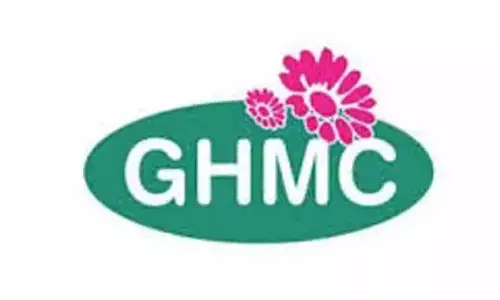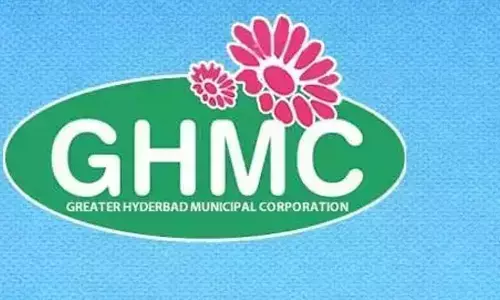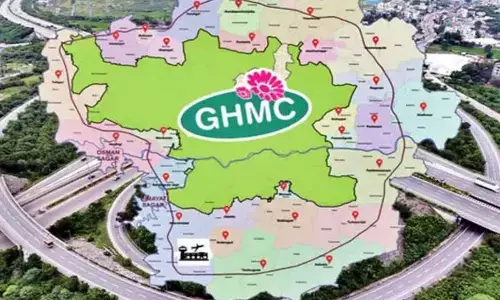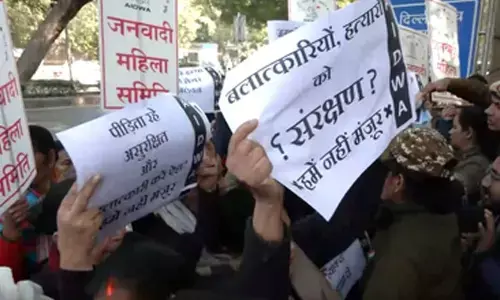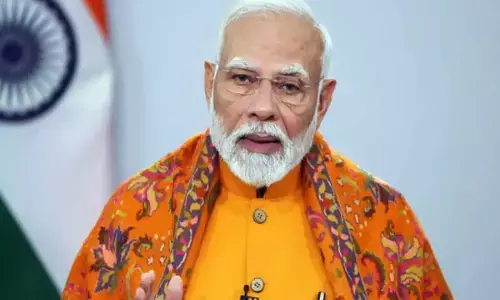Time ripe for rate cut

There is no hard-and-fast rule for the Reserve Bank of India and the six-member Monetary Policy Committee (MPC) that charts India\'s monetary policy these days, to go for a rate cut. But the build-up ahead of the policy meet that began on Tuesday has not left many options for the apex bank and the six wise persons including reticent RBI Governor Urjit Patel.
There is no hard-and-fast rule for the Reserve Bank of India and the six-member Monetary Policy Committee (MPC) that charts India's monetary policy these days, to go for a rate cut. But the build-up ahead of the policy meet that began on Tuesday has not left many options for the apex bank and the six wise persons including reticent RBI Governor Urjit Patel.
India Inc has been rooting for a rate cut for quite some time. So are also those in the central government including Finance Minister Arun Jaitley. But RBI and Patel-led MPC stuck to their guns and kept key repo rate unchanged at 6.5 per cent for fourth time in row on June 7.
The panel decided in favour of status quo five-to-one, citing upside risk to inflation. This aside, the apex bank wanted to assess the impact of the historic GST on inflation and economy before lowering the rates. As the voting pattern suggests, only one member opposed the decision at the last bi-monthly meeting.
But the RBI has no luxury of blaming inflation numbers this time around. And GST is already a month-old. Consumer Price Index (CPI)-based retail inflation fell to a multi-year low of 1.54 per cent in June as against 2.18 per cent in May and 5.77 per cent a year ago.
Factory output measured as Index of Industrial Production (IIP) slowed to 1.7 per cent in May, thanks to lower growth in manufacturing and contraction in mining sector. The index was at an encouraging eight per cent in the same month a year ago. Lower inflation and bleaker factory output obviously warrant a rate cut.
Also, there is another indicator that strengthens the hands of those who are seeking RBI's dovish stance. In June this year, the growth of eight core sectors comprising coal mining, cement production, etc., fell to 0.4 per cent from a high of seven per cent in June 2016.
With so many factors conducive for lowering the cost of finance, there are high expectations in the industry, and among analysts and official circles that the apex bank will cut the key lending rate by at least by 25 basis points (bps) or 0.25 per cent, bringing it down to 6.25 per cent.
Optimists see a 50 bps cut, but that looks unlikely now. Though the retail inflation was at historic low in June, it came on a higher base recorded in the same month a year ago. So, naturally the reading doesn't indicate future course of the inflation trajectory.
The other aspect that works against a large rate cut, if any, is the fact that bank credit offtake is at record low now and it's very unlikely that rate cut will spur corporates to lap up bank funds and pour more investments into Indian economy. For that matter, banks saddled by the rising bad loans are not ready to dish out loans to every company that knocks at their doors. Therefore, even if RBI goes for 25 bps cut, it will be more of a psychological boost than anything else!









